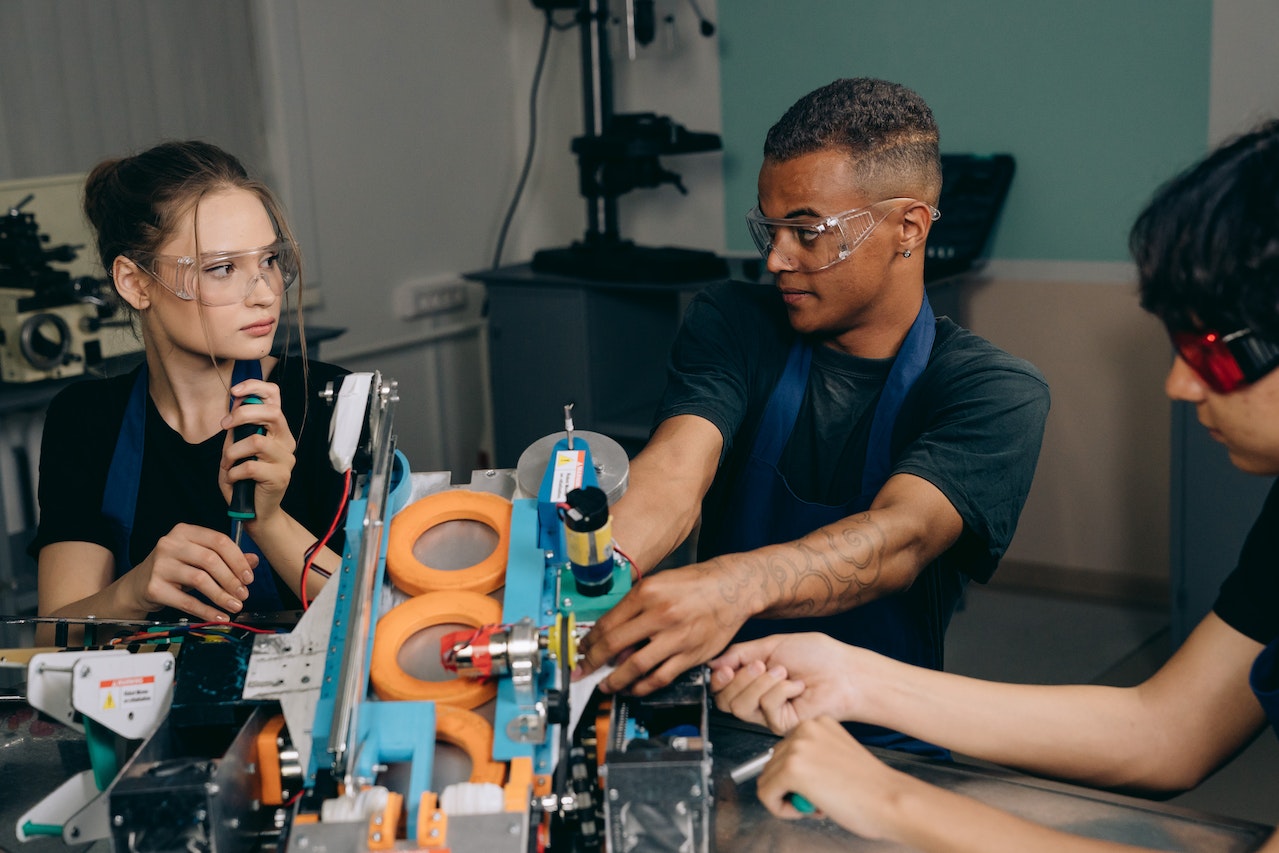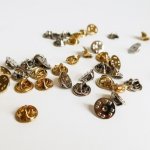Creating a complex product can be intimidating, especially for those new to the process. But with careful planning and execution, you can effectively create a complex product that meets customer needs and expectations. This article will provide you with some essential tips for creating a successful complex product. From understanding customer needs to developing your design process, these steps will help you create a unique and effective product that stands out from the competition.

Creating a complex product requires an intimate understanding of the end user. Knowing what your customer needs and wants from your product is key to making it as successful as possible. If you fail to understand the needs of your customers, then you are at risk of creating something that nobody will want or use, wasting valuable time, money, and resources in the process.
Therefore, a thorough knowledge of your target audience and what they want from their product experience is essential if you want to create a complex product that resonates with them. Taking the time to ask questions, listen to feedback, conduct market research and gain insights into how people use similar products can help you build a deeper understanding of what makes your customer tick.
Once you’ve gathered all this information, it can be used to create a product that meets your customers' needs and stands out from its competitors. Taking feedback into account when designing a complex product will help make sure every detail has been accounted for so that it matches up with the customer’s expectations. Understanding your customer's needs is, therefore, critical in ensuring you create something useful, desirable, and successful.
When creating a complex product, it’s important to have a clear vision and use structured steps throughout the process. This will help ensure your team stays focused on achieving that final outcome without getting sidetracked. By establishing a design process, you can be sure that each step is supported by the right resources and tools necessary to get the job done correctly and efficiently. Creating a complex product like small, intricate plastic parts requires expert custom injection molding and a well-thought-out design process. A solid design process is essential when creating an intricate product, particularly one with multiple components that must function together in unison.
Having a comprehensive plan increases the chances of success by guiding you through each step until completion. It allows you to map out the whole project before getting started, anticipate any potential hiccups along the way, and ensure all necessary steps are taken and completed in order of importance. This ensures that no crucial details are overlooked and helps keep your timelines on track.
A design process also helps ensure that the expert custom injection molding techniques are used correctly and consistently. It eliminates any guesswork on the manufacturer's part and ensures everything is done according to plan. Similarly, it allows for more accurate timelines since everyone involved will be clear on what needs to be done and when.
Finally, having an established design process can make troubleshooting easier in case anything goes wrong while developing or producing the product. With a well-defined process, it’s easy to narrow down where potential issues may have occurred, so they can quickly be addressed. Additionally, if any changes or improvements are necessary along the way, having a detailed plan makes it easy to insert them into the process.
Prototyping and testing are essential parts of the product design process. Prototyping allows designers to understand better what the final product should look like, while testing helps identify any defects or issues with the design. By conducting these two activities early in the process, designers can save time and money by avoiding costly mistakes that could have been avoided if they had prototyped and tested before committing to production. Additionally, successful products often go through multiple rounds of prototypes and tests; this enables them to ensure maximum quality and usability before launch. As such, prototyping and testing make it easier for complex products to be created with fewer problems at each stage of development.
At its core, prototyping and testing are forms of user experience engineering. By simulating the use of a product, designers can identify issues with usability, aesthetics, or even underlying technical problems that would otherwise have been missed in the design phase. This helps ensure that the end product is aesthetically pleasing, functional, and capable of meeting customer expectations. Furthermore, prototyping and testing allow developers to ensure their designs are compatible with other technologies they may be used during the development process — this makes it much easier to innovate while avoiding potential compatibility issues.
Refining your design is one of the most important tips to consider when working to create a complex product. This is because by refining the design, you can ensure that it meets all needs and requirements and that any issues are addressed early on in the process. Refining the design also involves considering how different components work together and making improvements where necessary.
When working on a complex product, several different tasks may be involved, such as designing, developing, testing and marketing. Each step in the process must be carefully thought out, as any mistakes during this stage can lead to costly corrections later. By taking time to refine your design before starting development or production ensures that all aspects have been considered, and any issues are identified before they become costly mistakes.
Refining your design also includes making the necessary changes to ensure that the product is functioning optimally. This may involve evaluating different components, such as material selection or production techniques, and making adjustments to ensure that the product performs as expected. By carefully examining each component and considering how it works with the others, you can be sure that all aspects are taken into account when refining your design.
Monitoring results is an important step when creating a complex product. Knowing your product's performance in the market can help inform decisions concerning future directions and improvements. By keeping track of what works, you can make better decisions that result in higher-quality products and increased customer satisfaction. Additionally, monitoring results helps you identify problems or potential issues early on before they become bigger issues later down the road. This allows you to address them quickly, ensuring that your complex product meets all customer expectations. Furthermore, by tracking results over time, you can gain valuable insights into how customers interact with your product, which can be used further to refine it for optimal performance and user experience.
Creating a complex product requires careful planning and execution in order to produce an effective and successful result. By following these essential steps, you can confidently create a unique product that meets customer needs and stands out from the competition.





